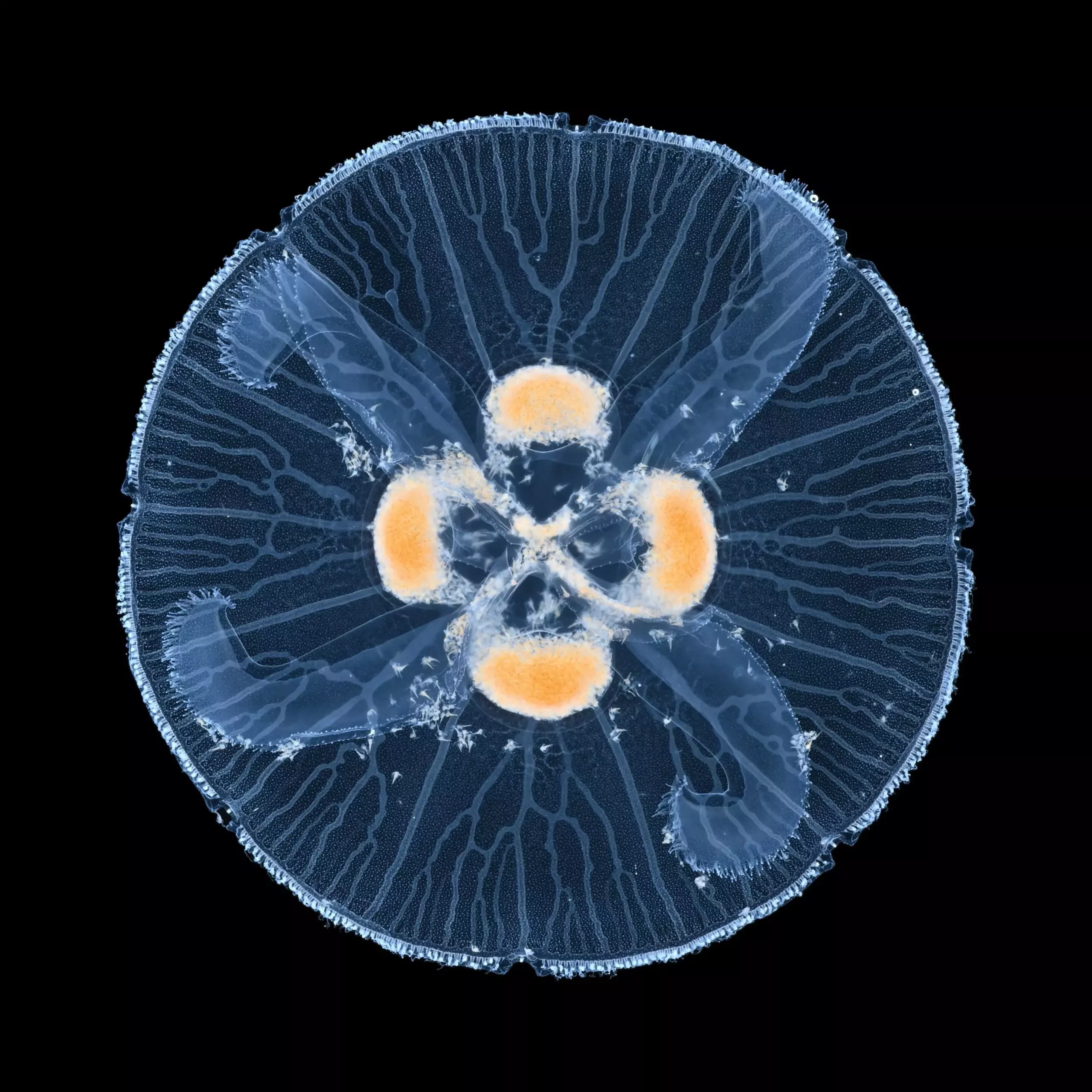Transport networks are essential components found across various natural systems, from the intricate blood vessels within the human body to the convoluted canal systems of jellyfish. These networks serve the critical function of transporting resources, such as nutrients and oxygen, while also expelling waste products. Recently, an international research team has shed light on a fascinating phenomenon regarding these networks: the formation of loops, which significantly enhances their stability. This groundbreaking study published in the “Proceedings of the National Academy of Sciences” has major implications for our understanding of biological, geological, and physical systems.
Stanislaw Żukowski, a Ph.D. student associated with the University of Warsaw and Université Paris Cité, emphasizes the various geometrical configurations that transport networks can take. They may form tree-like structures where branches primarily repel and do not reconnect, or they may develop looping patterns where branches attract and interlink. The latter type of network offers a crucial advantage: it displays increased resilience to damage. In tree-like networks, the failure of a single branch can disrupt the entire system. In contrast, looping networks ensure that alternative pathways remain available for ongoing transport, which is vital for the organism’s survival.
New Discoveries in Loop Formation Dynamics
While previous studies focused on the mechanisms sustaining existing loops, the dynamics of loop formation had remained relatively unexplored. The unique aspect studied by the research team was the behavior of branches when one of them approaches the boundary of the system. It was observed that branches, which initially repelled each other due to resistance disparities, suddenly transitioned into an attraction phase, leading to the spontaneous creation of loops. This transformation highlights the intricate balance between repulsion and attraction in the lifecycle of transport networks.
Previous research on similar dynamic systems conducted by Professor Piotr Szymczak and his team at the University of Warsaw laid the groundwork. They elaborated that small differences in resistance between the network and its surrounding medium could initiate branch attraction, ultimately resulting in loop formation. This revelation initiated a collaborative project that involved detailed investigations into transport networks’ morphogenesis in jellyfish, particularly examining the canals within the gastrovascular system.
The researchers observed this dynamic behavior within jellyfish gastral systems, where canal branches would interact as they approached the stomach’s boundary, resulting in immediate loop formation. The implications of this research extend beyond biological boundaries. Similar loop-creating dynamics have been observed in gypsum fracture dissolution experiments and in fluid instability phenomena, such as the Saffman-Taylor effect. These observations suggest a broader applicability of the underlying principles governing loop formation across varied systems.
Florian Osselin’s gypsum experiments and the ongoing research into electrical discharge patterns supplement the findings, indicating that many natural systems share a common underlying mechanism for loop formation. The research team postulates that this dynamic interaction must stem from physical laws that govern competition and repulsion among branches, ultimately leading to a breakthrough in understanding the complex behavior of transport networks in varied environments.
Central to the researchers’ conclusions is the development of a robust model detailing how branches of transport networks interact. They discovered that the onset of attraction is universally applicable, irrespective of the network’s geometry or resistance variance. This understanding is a significant advancement, revealing that even in systems previously thought resistant to loop formation due to significant resistance differences, attraction and loop formation are still possible.
The implications of this model go beyond academic knowledge; it provides a lens for interpreting various natural phenomena, from biological systems to geophysical processes. Researchers now have a clearer framework to assess conditions that promote loop formation across diverse transport networks.
The findings contribute to a vital understanding of how loop formation might serve as a feature of resilience in many systems. As Żukowski mentioned, further exploration of different systems may yield new insights into the dynamics of loop formation, potentially extending far beyond the current scope of biological transport networks.
The processes governing loop formation in transport networks signify a remarkable intersection of physics, biology, and environmental science. These findings pave the way for future research aiming to uncover further complexities hidden within the systems that sustain life and drive natural phenomena on our planet.


Leave a Reply